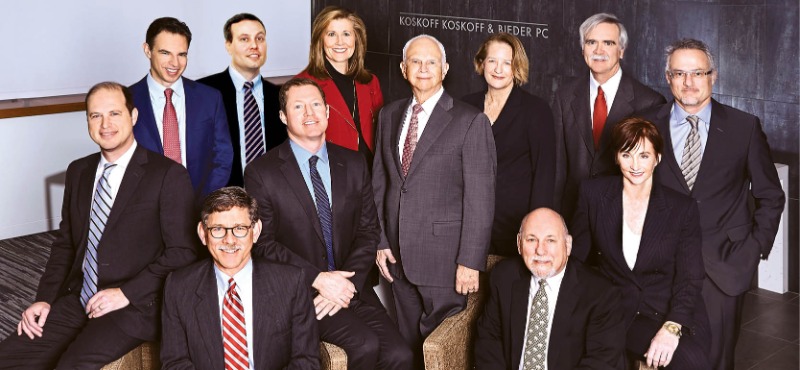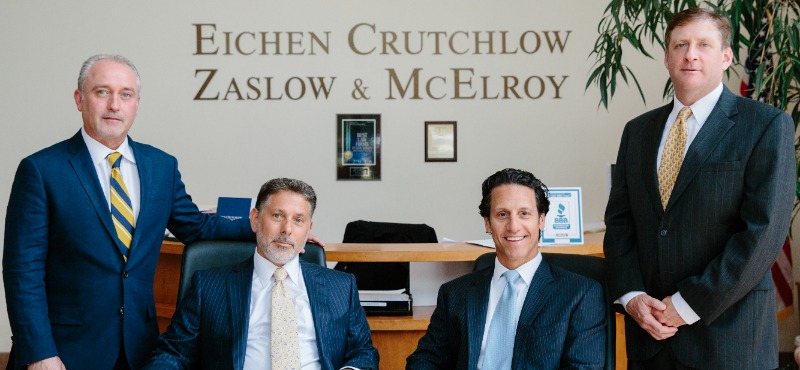Randall H. Scarlett was a fairly young lawyer in the late 1980s when he took the case that would end up practically charting the course of the rest of his career. His client, a 13-year-old girl, suffered neurological damage as the result of a brain injury she sustained at the young age of seven. At the time, Scarlett recalls, the odds seemed insurmountably stacked against him; not only had he never taken on a catastrophic brain injury case before, but medical/legal proof of brain injury was still in its infancy. To say he was in unfamiliar territory is an understatement. "I was scared to death," Scarlett chuckles.
He needn’t have worried. "Over the course of the case I became fascinated with the medicine behind brain injury and began an education that continues to this day," he says. "I literally immersed myself in it." Ultimately, the jury awarded Scarlett’s client in excess of $25 million.
In the interim, Scarlett and his colleagues have helped countless sufferers of traumatic brain injury (TBI) obtain justice for their injuries in court, to the tune of hundreds of millions of dollars in verdicts and settlements. But if there’s one thing Scarlett has learned over close to three decades in practice—especially in a field where brain injury treatment technology evolves virtually overnight—it’s that there’s always more to learn about gray/white matter and how it responds to even the slightest injury.
Scarlett, in turn, has always used that knowledge to his—and his clients’—advantage. In conversation, he becomes noticeably charged when talking about how he brings the latest in brain imaging and other technology to bear in his cases, especially the ones where the injury might not be clearly evident through standard treatment modalities. These days, Scarlett says, diffusion tensor imaging (DTI), a type of MRI-based neuroimaging technique that has the potential to show "microstructural damage" to the brain, is showing considerable promise. But other imaging techniques are evolving as well. "For years, we were at a loss to show or demonstrate to a jury what happens in a mild case of TBI," Scarlett says. "While DTI still has a ways to go, it has proven to be one of the more effective tools available in our toolbox to help a jury see the impact of these injuries."
That word: toolbox. Scarlett, who is repeatedly named in Best Lawyers for personal injury litigation and a member of a host of prestigious professional and legal organizations, uses it frequently, especially when talking about the crucial role demonstrative evidence plays in his cases—particularly the ones that end up before a jury. Simply put, Scarlett says, he uses it to his advantage. "With increased and better imaging and better medical treatment modalities, we are able to show a jury more than ever before," he says. As he notes, that’s critical, especially in cases where injured clients might have been involved in only minor collisions or accidents that on their surface might not appear serious. In one case, despite the defendant rear-ending his client at a maximum speed of 10 miles per hour, Scarlett was able to establish that his client suffered a TBI and won a $1.2 million jury verdict. In another, Scarlett obtained a nearly $3 million settlement in a case involving a fall at a casino, despite negative brain imaging, outward symptoms of only a mild headache, and a preexisting seizure disorder and history of depression.
Of course, Scarlett takes on cases where the injury is far more obvious. In the last 10 years alone, Scarlett has compiled seven verdicts ranging between $10.6 million and $49.1 million. Many lawyers do not achieve even one of these verdicts in a lifetime.
He is also involved in a handful of TBI and other injury cases involving ridesharing companies, in regards to critical questions involving culpability in the sharing economy. In many ways, the cases represent just another way Scarlett stays on the cutting edge. And for potential and actual clients, that distinction is critically important. "Not every lawyer is equipped to handle a TBI case," he notes. "But the beauty of my practice and a major part of why I love the work, is that I never stop learning!"



























